This June experienced record-breaking heat waves.
For aging vehicles with high mileage, the harsh season arrived more than a month earlier than usual.
A Daihatsu Tanto equipped with the legendary timing belt EF engine suffered from sudden stalling and inability to restart.
2006 Model CBA-L350S EF-VE 4AT Mileage: 105,000km
The cause was a short circuit in the rectifier diode built into the alternator (generator).
In addition to insufficient charging, large currents continued to flow even when the engine was stopped, rapidly depleting the battery’s charge and making it impossible to restart.
Problematically, with this type of failure, the charge warning light (battery symbol) doesn’t illuminate until just before the engine stalls.
The Tanto’s engine compartment, which pioneered the Tall Package design, is narrow to ensure spacious passenger compartment, with the cowl top housing the wiper motor covering about 1/3 of the engine compartment.
Recent automobiles seem to have lost the concept of “serviceability.” The photo makes it look extremely narrow, but among similar kei cars, this model is relatively accessible for maintenance work.
The alternator is located at the bottom of the bulkhead side next to the engine.
While proceeding with the replacement of the rebuilt alternator, I noticed drops of pink coolant.
When coolant is dripping in liquid form, addressing it is essential.
Tracing the leak from its trail, it initially appeared to be coming from the joint between the water pump housing and the cylinder block.
However, this engine had its water pump replaced a few years ago, making that possibility unlikely, and fortunately, I had the opportunity to take a closer look. If there had been no history of water pump replacement, I would have undoubtedly started the wrong repair job.
Using a mirror to look further above the water pump, I confirmed that coolant was seeping from around the plastic intake manifold.
This engine has part of the coolant passage open on the side of the cylinder head, with a structure where part of the intake manifold acts as a cover (the photo below shows the cylinder head with the intake manifold removed, taken from the side).
To remove the intake manifold while the engine is still in the vehicle, taking out not only the alternator being replaced but also the starter motor significantly improves workability despite the tight space.
The large black plastic part is the intake manifold.
This is the rubber gasket that had warped and deformed due to coolant heat, causing the leak.
Both the shorted alternator diode and the deformed intake manifold gasket may have been significantly affected by the heat in the cramped engine compartment.
Despite such a harsh engine environment, it’s possible to maintain a relatively cool environment by performing basic maintenance such as using high-quality engine oil and regularly replacing spark plugs and coolant.
Thanks to this, the 16-year-old Tanto with over 100,000 kilometers managed to hold out until the scorching June heat.
↓This is a cost-effective engine oil recommended for kei cars and Japanese passenger vehicles.
MOTUL(モチュール)H-TECH 100 PLUS(H-テック 100プラス) 5W30 エンジンオイル 100%化学合成 20L [正規品]11192150
|
|
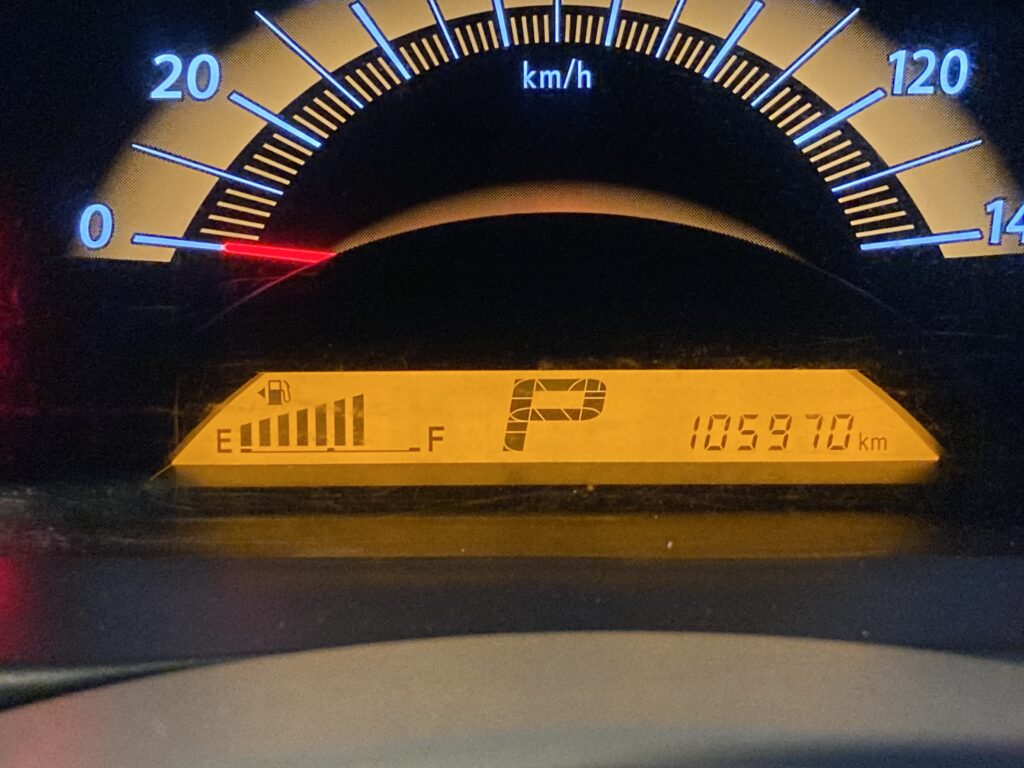

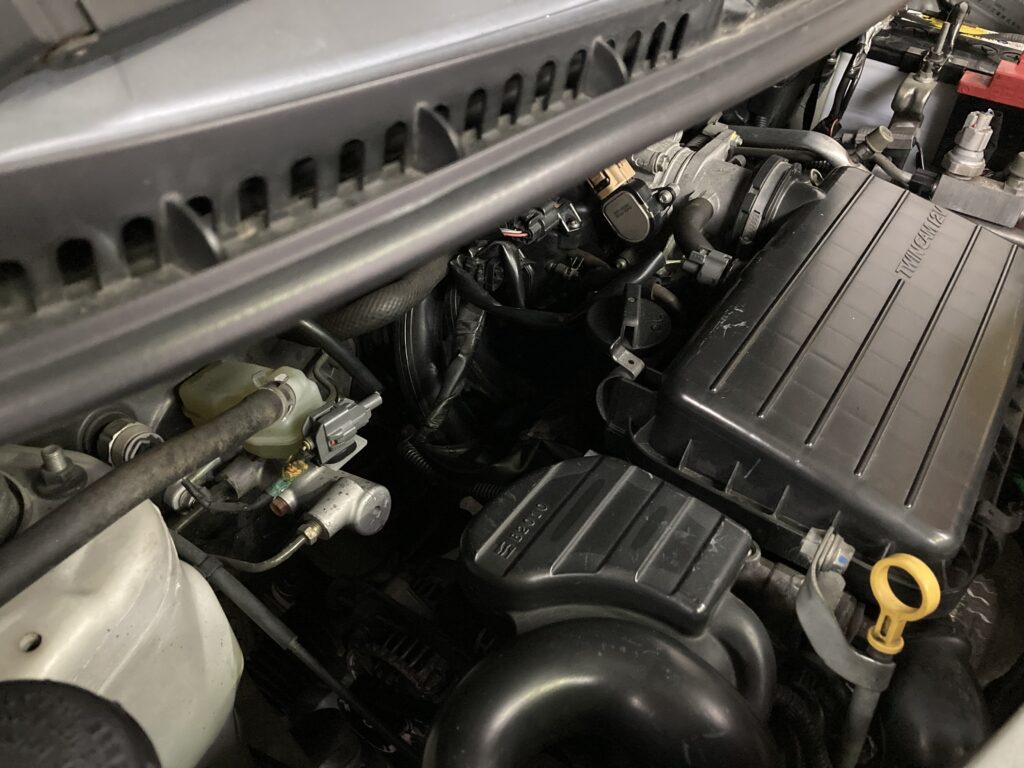

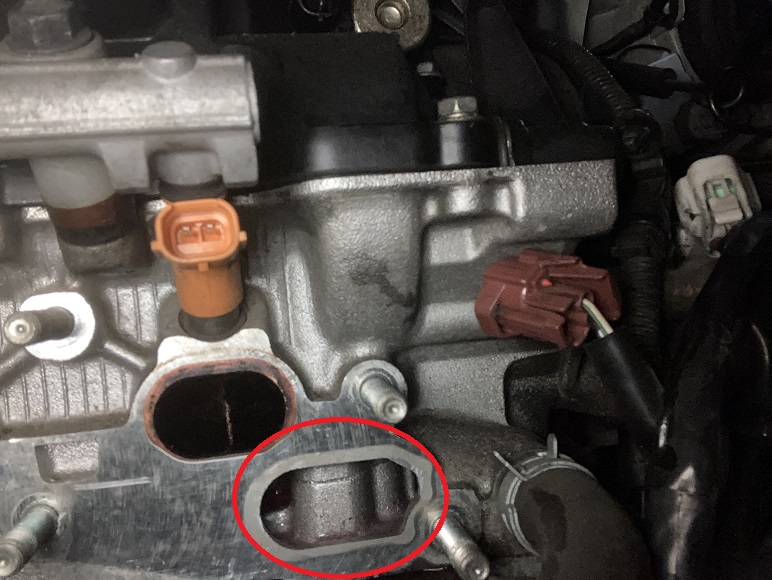

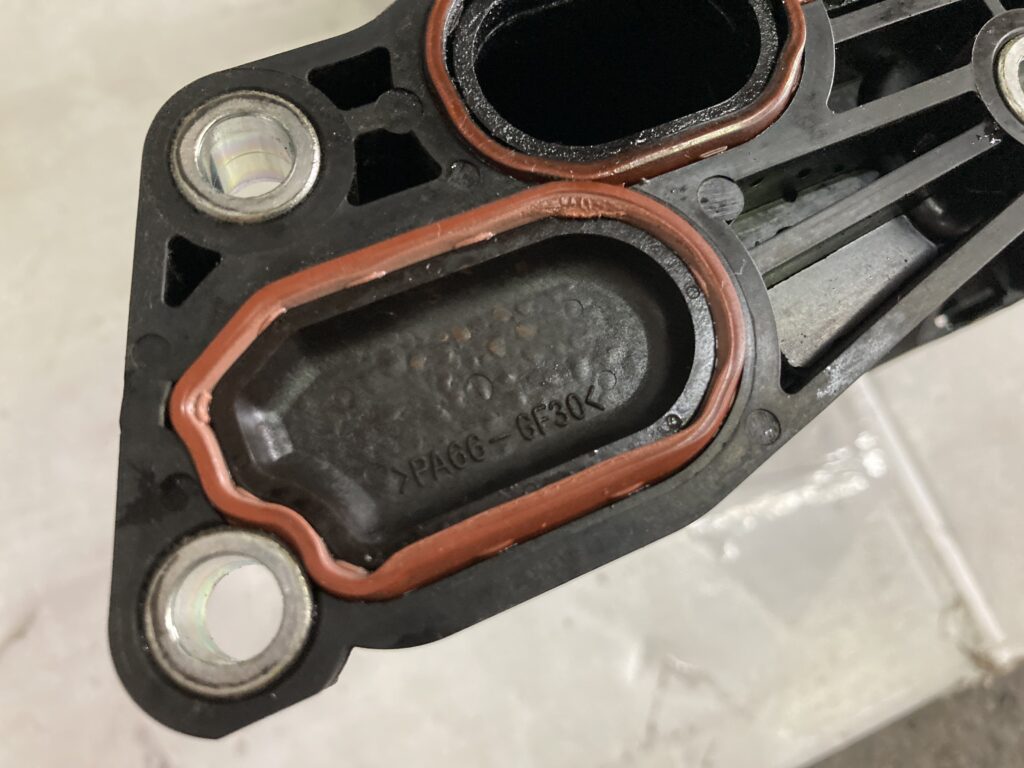
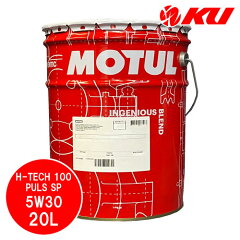

Leave a Reply